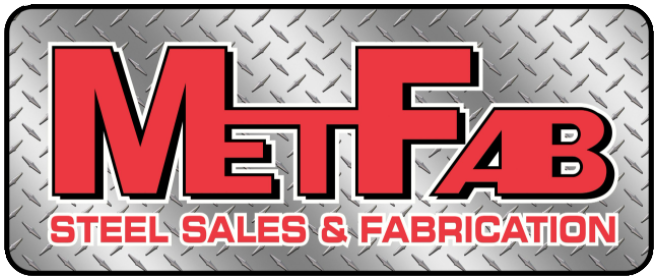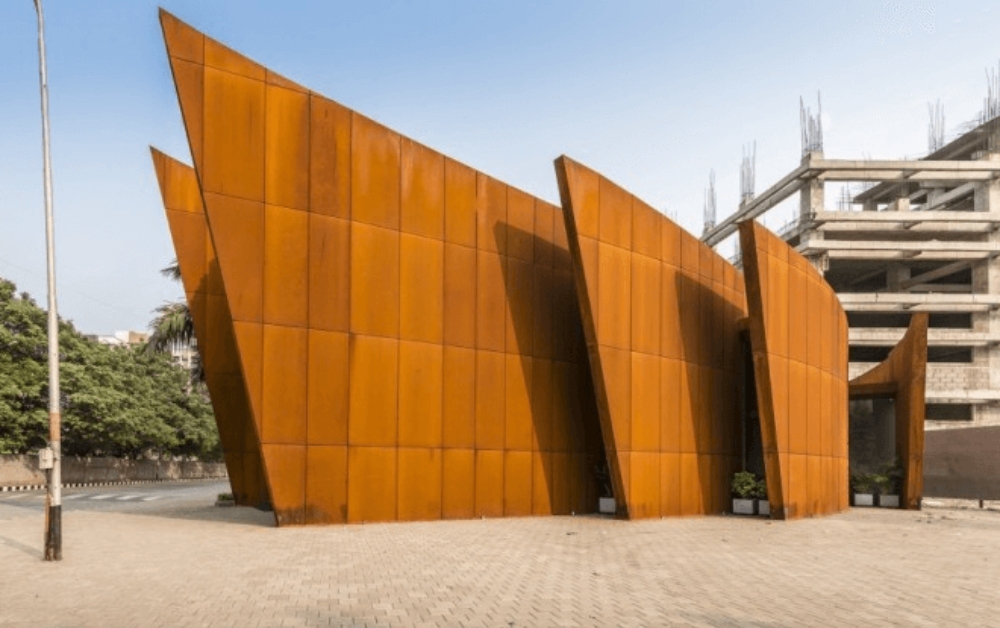How Can You Tell if Steel is Corten?
Corten Steel does have distinct features; however, identifying it can sometimes be tricky. This unique steel material, known for its weathered look and exceptional durability, is used in various architectural and design projects.
So, how do you identify Corten Steel from regular steel with rust? Hear me out because distinguishing between them requires a keen eye and some specific knowledge. In this blog will discuss the telltale signs that set Corten Steel apart.
From its unique colour and texture to particular markings and certifications, we'll have everything you need to look for. Whether you're a professional in construction or simply curious about this fascinating material, these tips will help you confidently identify Corten Steel.
Let's discover what makes Corten Steel so special!
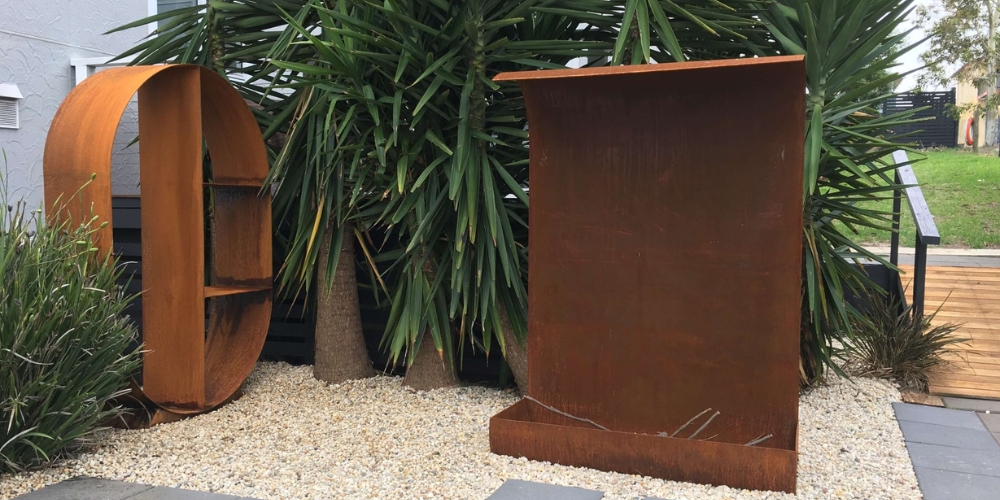
Corten Steel vs Mild Steel - What's the difference
Corten steel, known as weathering steel, was designed to skip the painting hassle. It's toIt'sand has a cool look, making it a hit in outdoor sculptures and big projects like bridges. "CORTEN" tells "you its grits resist corrosion and have strong tensile strength. It's a trite in modern architecture and landscaping because it gets this awesome weathered finish over time. Imagine it like a steel that ages gracefully, developing a unique character as it interacts with the environment.
On the other hand, mild steel is the go-to for lots of structural jobs. It's moment's iron with a bit of carbon, and it's hatstand cheap, so you see it everywhere. It's the reliable workhorse of the steel world, dependable and readily available for all sorts of projects.
How Do They Differ?
Appearance
At first, Corten and mild steel look similar and dark blue. But as they weather, Corten gets this cool orange patina, while mild steel turns more of a dark orange-brown. Corten does its thing faster, usually in about 6-9 months. It's lIt'satching them change colour as they age, with Corten taking on a warmer, more inviting hue.
Corrosion
Corten steel builds up a rust layer over time, protecting it from further rusting. That lasts longer than mild steel, which rusts faster when left in the weather. It liIt'sorten puts on its armour to fend off the elements, while mild steel is left more vulnerable to rust.
Composition
Mild steel is mostly iron and carbon, but Corten has some extra stuff like chromium, nickel, copper, and phosphorous. That gives Corten its special powers. It's comparing a basic recipe to one with a few secret ingredients that make it stand out.
Cost
At first, Corten costs more than mild steel, but in the long run, it's worth it because it lasts longer and needs less fixing. It's investing in quality that pays off over time rather than opting for a cheaper option that might need more maintenance later on.
Eco-Friendly Factor
Both can be recycled, but Corten is better for the planet because it doesn't have harmful coatings. It's like shooting the greener option for the environment in the long term.
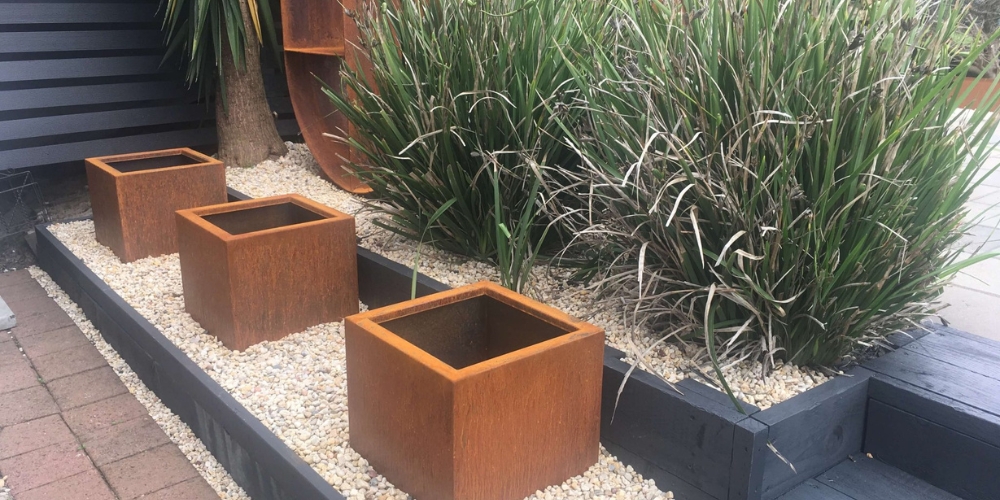
How Can I Visually Identify Corten Steel?
Colour and Texture
Corten Steel typically has a dark blue-grey colour when it's fruity manufactured. Still, its most recognizable feature is the development of a unique rust-like patina over time when exposed to the elements. This patina starts as an orange hue and gradually darkens to a deep brown or black, giving Corten its characteristic weathered appearance. Additionally, Corten often has a rough and textured surface compared to regular steel, which tends to be smoother.
Distinctive Patterns
As Corten Steel weathers, it may exhibit patterns and streaks of rust that form naturally on its surface. These patterns can vary in intensity and distribution, adding to the material appeal.
Rust Stains
Unlike regular steel, which may exhibit random rust spots or stains, the rust on Corten Steel tends to develop more evenly across its surface, creating a cohesive and uniform appearance.
Signs of Aging
Corten Steel undergoes a gradual weathering process so that you may notice signs of ageing, such as rust accumulation and colour changes over time. These visual cues indicate that the steel is indeed Corten and not a standard steel with surface rust.
Manufacturer Markings
Some Corten Steel products may bear manufacturer markings or labels indicating their composition. Look for stamps or tags that mention "Corten" or "W" at "ing Steel" to confirm the material.
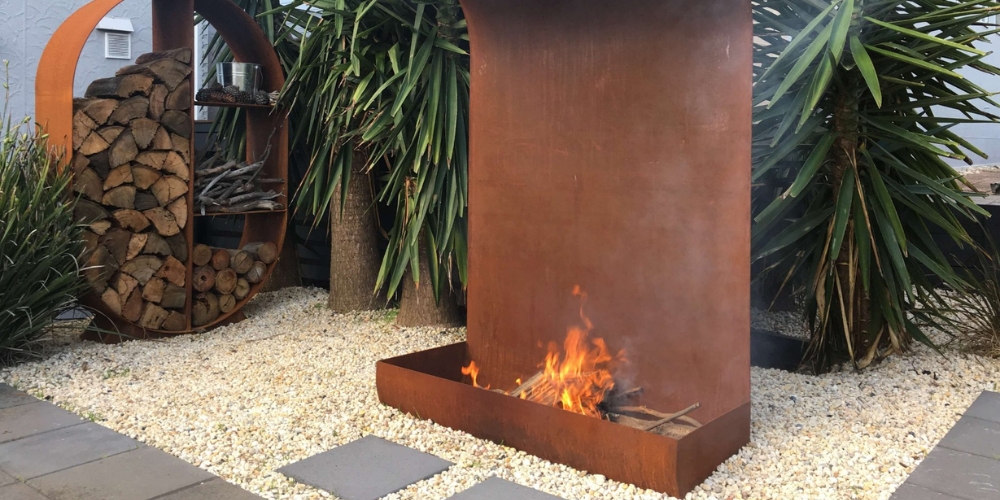
Key Characteristics of Corten Steel
Weathering Properties
- Corten Steel is renowned for its exceptional weathering properties, which allow it to develop a protective layer of rust-like patina when exposed to the elements. This natural rust formation enhances the steel's ance. It is a protective barrier against further corrosion, contributing to its durability and longevity.
Distinctive Appearance
- One of the most recognizable features of Corten Steel is its unique appearance. Initially, it has a dark blue-grey colour. Still, over time, it develops a weathered, rustic look characterized by shades of orange, brown, and black. This distinctive aesthetic adds character and charm to architectural and design projects.
High Strength and Durability
- Corten Steel is a high-strength, low-alloy steel with excellent structural integrity and durability, making it suitable for various applications. Despite its weathered appearance, Corten Steel retains its strength properties, ensuring long-term structural stability in various environmental conditions.
Self-Protecting Properties
- Corten Steel possesses self-protecting properties due to its unique composition, unlike traditional steel, which may corrode and weaken over time. The alloying elements in Corten Steel, including copper, chromium, and nickel, facilitate the formation of a stable rust-like patina, which acts as a protective barrier against further corrosion, thus enhancing its resistance to deterioration.
Versatility in Applications
- Corten Steel finds applications across diverse industries, including architecture, construction, landscaping, and outdoor art installations. Its versatility stems from its ability to withstand harsh weather conditions, its aesthetic appeal, and its compatibility with various fabrication techniques, allowing for creative and innovative design solutions.
Low Maintenance Requirements
- Another notable characteristic of Corten Steel is its low maintenance requirements. Once the protective patina has formed, Corten Steel requires minimal upkeep, eliminating the need for regular painting or protective coatings. This makes it a cost-effective and practical choice for projects where long-term maintenance is a concern.
FREQUENTLY ASKED QUESTIONS
Conclusion
Understanding the key characteristics and differences between Corten Steel and regular mild steel can help you make an informed decision for your project. Corten Steel stands out with its unique weathering properties, distinct appearance, and long-lasting durability, making it an excellent choice for outdoor and architectural applications. Its self-protecting rust layer and low maintenance needs offer practical benefits over time.
On the other hand, mild steel is a versatile, cost-effective option for many structural projects. Still, it requires more maintenance to prevent corrosion.
Consider the specific needs of your project, including aesthetic preferences, environmental conditions, and long-term maintenance, to choose the best steel for your needs. By weighing these factors, you can ensure that you select the material that will deliver the best performance and visual appeal for your application.
